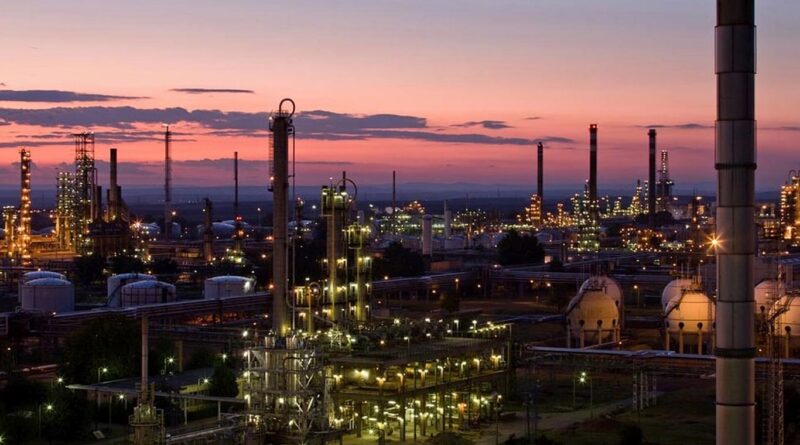The oil market rebalances, natural gas shows seasonal volatility
Oil prices increased by 39 percent between August 2020 and February 2021 on positive vaccine news and the rapid economic recovery in Asia.
A resurgence of COVID-19 cases and difficulties in vaccine rollout at the beginning of the year weakened the oil demand outlook and led the OPEC+ (Organization of the Petroleum Exporting Countries, including Russia and other non-OPEC oil exporters) coalition to review more prudently the relaxation of the 7 million barrels a day production curbs announced in April 2020 (see the October 2020 WEO).
Futures markets point to backwardation (a downward sloping futures curve), with oil prices at $58.5 a barrel in 2021—42 percent higher than the 2020 average—falling to $50.7 in 2025. This is mostly because of a temporary tight demand-supply balance expected this year—in line with International Energy Agency projections of a steady decline in oil inventories, with oil demand (supply) projected at 96.4 million barrels a day (95.5 million barrels a day) in 2021.
Although oil prices persistently above $60 a barrel may induce a substantial production recovery of higher-cost producers in non-OPEC+ countries, including of US shale oil, most of them seem focused on balance sheet repair. Risks to oil prices are slightly tilted to the upside as upside risks from large cuts in oil and gas upstream investments exceed downside risks from a setback in global oil demand recovery, still elevated inventories, and, in the medium term, a breakdown of the OPEC+ coalition.
Natural gas prices showed strong weather-induced seasonal volatility. Asian liquefied natural gas prices spiked to almost $40 per million British thermal units (MMBTU) in January 2021, spilling over to European prices (for example, the Dutch Title Transfer Facility price rose to $7.3 per MMBTU), while US Henry Hub spot prices reached $17.5 per MMBTU as a cold snap crippled shale gas output in Texas amid strong electricity demand in mid-February.
High natural gas price volatility sustained the power sector’s demand for thermal coal. South African coal prices were also boosted by strong Indian steel and cement industry demand. Phaseout plans and rising emission costs continue to weigh on the demand outlook for coal over the medium term.



